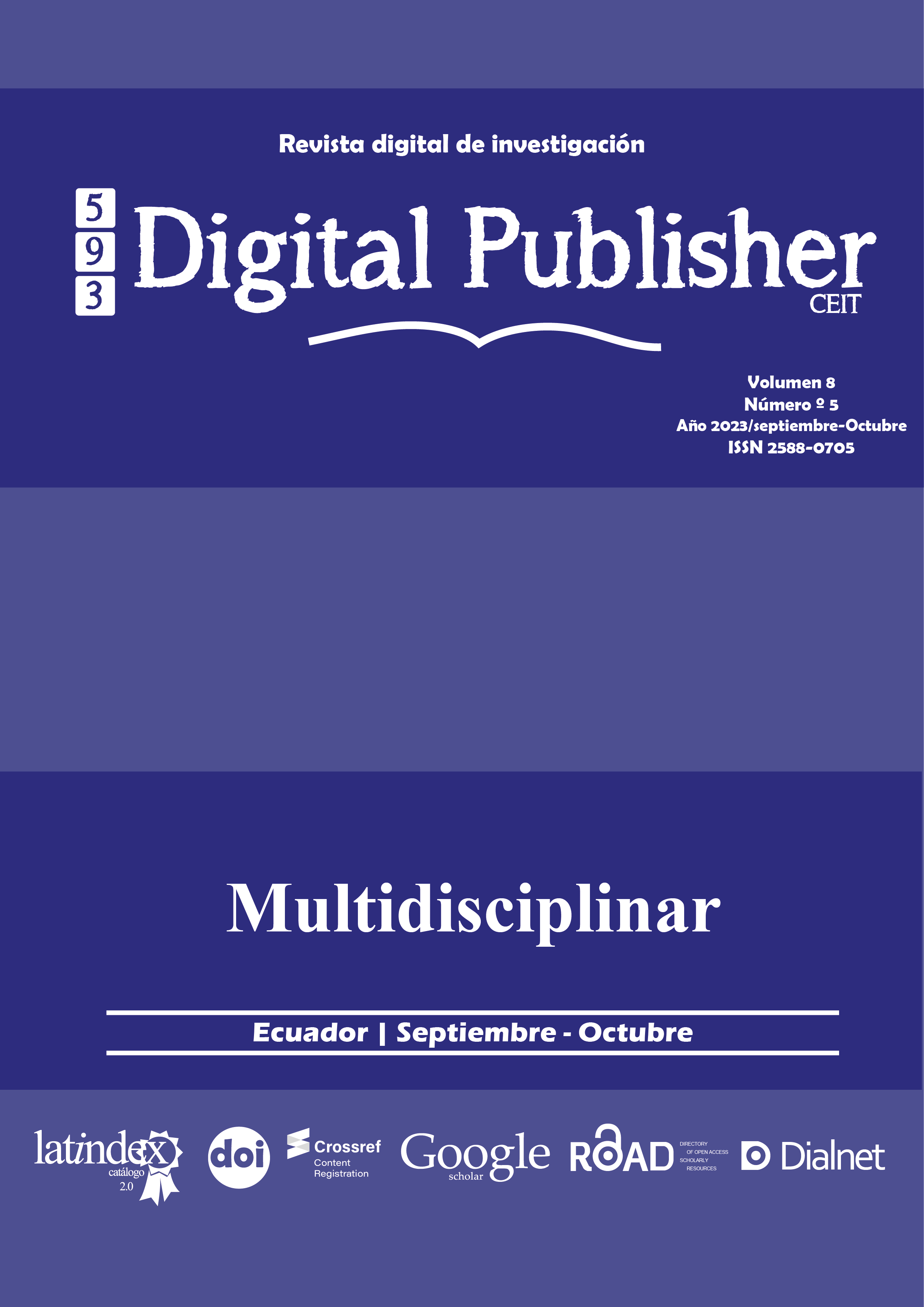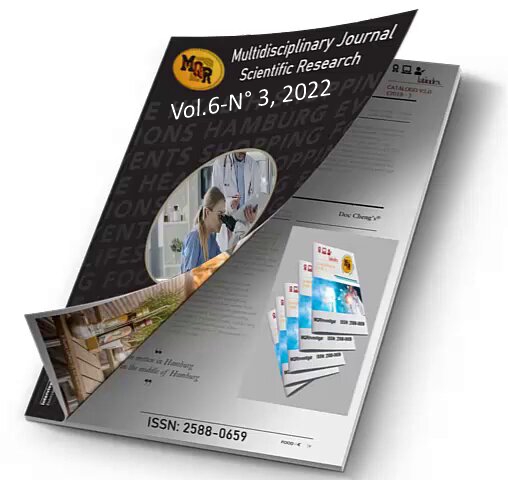Resumen
BACKGROUND: Whereas having children is a well-known motivator for patients' health care, it also implies responsibilities that may limit attendance to health services. We determined the association between having infant and adolescent children (ages up to 19 years-old) with viral suppression of people living with HIV health (PLWH).
METHODS: Retrospective cohort study based on secondary data of PLWH enrolled at the largest HIV program in Lima from 2012 up to 2017. The main exposure was the presence of infant and adolescent children at admission; in addition, we identified cases with a child born during the first year after enrolment. The main outcome was viral suppression (<400 copies/ml) until end of follow up (December 2018). We conducted Cox regression analysis for repeated events, with censoring by time of death or end of follow-up; the final model, selected by log likelihood ratios, was built by backward stepwise starting with all variables theoretically important or with p-value '¤ 0.20 in bivariate analyses. We present hazard ratios (HR) with 95% confidence intervals (CIs).
RESULTS: In 3170 PLWH, mean age was 31.6 years (SD: 10.9), 79.8% were men and 862 (27.2%) reported infant and adolescent children, with a median number of two children. At the end of the follow up (8766.6 person-years), 534 (62.0%) were in viral suppression. In a final model that included age, sex, level of education, sexual orientation, having a partner, baseline CD4, time for ART start, interactions of having children with age and having partners; having infant and/or adolescent children (HR 3.53; [95% CI] 1.88 - 6.62) and the birth of a child during the first year after enrolment in the HIV program (HR 1.81; [95% CI] 1.30 ' 2.50) were independently and significantly associated with no viral suppression by the end of follow up.
CONCLUSIONS: The presence of infant and adolescent children was associated with negative effects for viral suppression, probably due to parental responsibilities that may affect own health care. Family supporting services may benefit HIV care.






